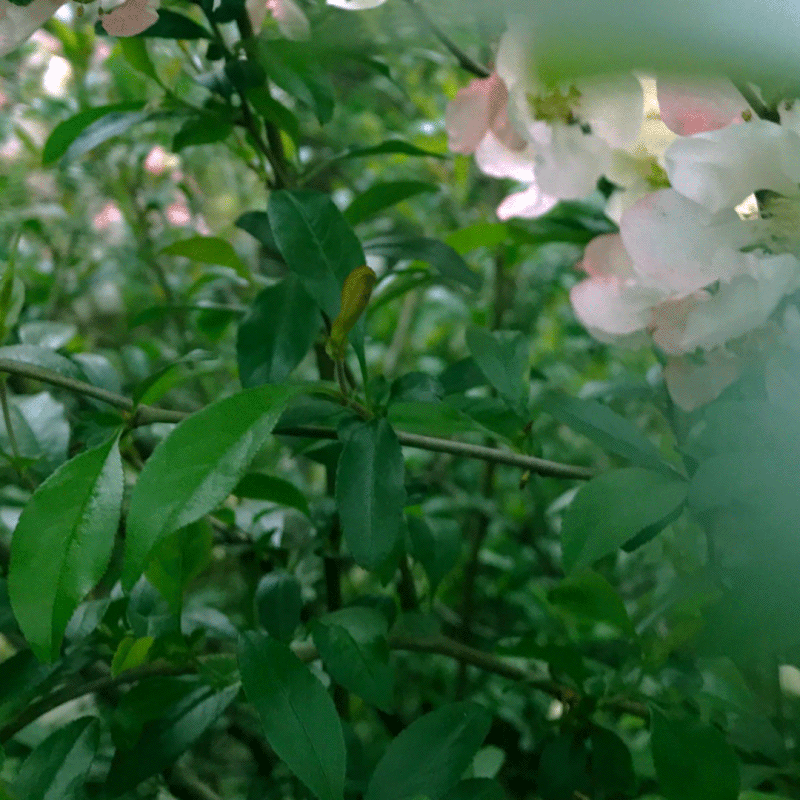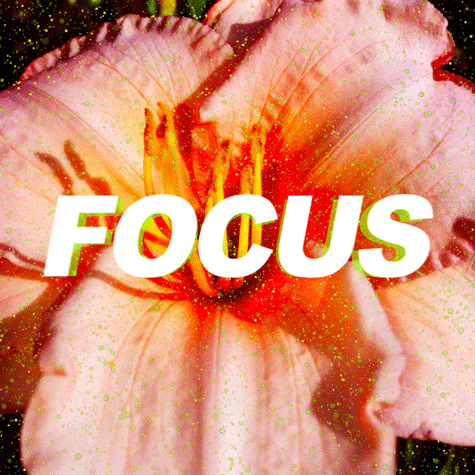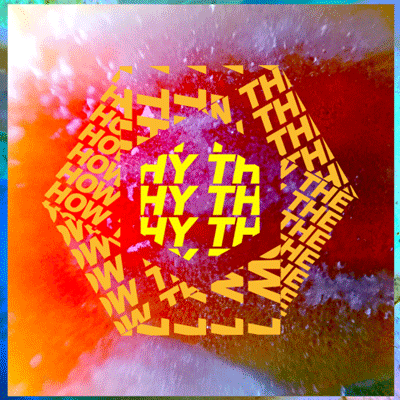Stop Trying So Hard – Mistakes are Great
TRYING hard can actually make something more challenging to accomplish. This is because it is all about stepping into the mastery of what you want to make, not dipping your “maybe“ toe in it for a second here and there.
The excuse of TRYING is your fear holding you back from what you want to accomplish.
Consider producing different versions, instead of giving something a nonchalant “try” and find out which version works best for you.
Take the pressure off… and relax a bit.
— — —
We use the words “generate”, “generator” and “generation” interchangable with the words “create”, “creator” and “creation”
The Lowdown
The more you try, the harder it actually will become to achieve. Energy requires a clear path to move in and does not work well when it is directed in an unclear approach.
If one tries to stop energy or it does not have the right shape to move in, the energy will generate a new construction that allows it to move forward. When this happens, it will either disintegrate the previous shape through weakening its structure or it will intensify in strength, causing the old shape to explode. There are two ways: either fall apart or explode.
When you are trying, you are not committing. If you are not committing, you are actually not giving yourself a fair chance to experience if what you sense is possible. You are not setting a clear path for the energy to run through.
Trying is not the same as moving forward a little, it is equal to not moving forward at all. The key is to avoid “trying” as much as possible, and move into the habit of executing different versions of something while holding minimal expectations in order to see if you actually want or like the outcome of a particular version. Be all right with that you may need a couple of goes at it; the first time you create something, it may not be “perfect” nor in its ultimate state. You may have to calibrate what you have formed, and run some more versions ‘til it is where you like it.
The main reason most people hide behind the word “try” is because they are afraid of making a mistake and want to avoid failing at any cost. This is quite common in our culture: to say that we will “give it a try” is equal to holding on to an “opt out” card so that we can dip out whenever we want.
We use this card to justify abandoning our current equation (version) just before the mistake that we foresee happening actually happens. If we can’t conquer it, we escape it. We see the energy moving in a path that we dislike, and instead of shifting the equation, we abandon the equation completely.
— — —
It is incredibly important to run energy all the way through. By doing so you will have a end result that will allow you the possibility of evaluating the process that you executed:
Did it work? How did it work? If not, how come?
The commitment you are keeping is not to what you are making/experiencing — the commitment is a promise to yourself to dive in and do your utmost to understand how the process of bringing an idea into physical form works. In the beginning of studying this (observing it) you soon will see that you enter a state of continuously adjusting the equations that you are utilizing more and more. To the point where you have shifted theses into fully operational processes where you know the ins and outs of what you are producing/making.
This is one of the most important points to remember:
all mistakes are possibilities to calibrate what you want to make (or make happen)…actually happen.
One way that we can shift our lives is through the mistakes we experience; these are key moments where we can tweak, shift, and also discover other outcomes that we were not previously aware of. This is also where we can say no and yes to an outcome.
When we abandon a version, we refute the possibility to say yes or no — our action equals us saying “I can’t deal with it” and this brings us nowhere.
If you were born a master-baby that did not need to learn or understand anything physical — this does not pertain to you. You would then already understand how crucial it’s to test different versions of something to find (calibrate) the outcome you prefer the most.
All scenarios, experiences and objects can be produced with different versions of energy. Not understanding how to choose the accurate version is not the same as something not being possible. It is totally fine to not understand which version to go for.
Through experience you will comprehend more what feels right to you — however you also must build experience, you do this by committing to one version and see if that vibe works for you.
Hiding behind “try” in order to not choose a version at all does not mean that we are being more realistic or logical than people who just jump straight into it. Often times it means that we have a deep fear of the unknown.
I am not saying go and do everything that you are deathly afraid of without making accurate risk calculations where you do not completely understand what you are getting into. What I am encouraging you to do is to evaluate and be real with yourself about your use of the word “try”. Is it an escape mechanism that you use to actually not give yourself a real chance in life?
Follow-Through
Is More
Important
Than What You
Actually Want
To Achieve
Let’s say that you are baking a cake and you do not have a lot of experience. You are a newbie. If you do not bake the cake all the way you will not understand if you did things right or wrong. You can’t to compare the taste of the batter with the fluffy, spongy cake. You will not learn the difference between folding air into the batter and aggressively stirring the ingredients.
We need to create a complete physical reference for ourselves that we can evaluate fully in person.
Sometimes you must bake 10 versions of the same cake before it gets to where you envision it. If you do this in real life, have a bit of fun with your bake; if it turns out a bit wibbly-wobbly and crooked, laugh about it while also doing your best to observe what happened and at what stage. This will give you tons of data and inform you on how to construct the cake next time you bake it again (or another one).
The aspect of follow-through is much more important than what you are making.
This is because follow-through is a pattern that you can utilize in many areas of your life, not only baking a cake. If you hone your follow-through capacity when baking a cake, you will understand the aspects of follow-through much better when you want to make something larger like a building. Everything around us is produced in the same energy system, once you understand this aspect, you will start comprehending that you can transfer knowledge (patterns) to other scenarios left and right.
The more you accomplish:
[ start –> follow-through –> finalization ]
the more you will understand what a successful follow-through pattern feels like.
This process will also inform you clearly what you need to tweak. Another reason it is important to understand the equation of follow-through is that you need to determine where the error is occurring. It can be located in three places:
1. In the actual equation you are using.
2. In your pattern of follow-through (bringing something from start to end — idea into physicalness).
3. In your core understanding of how physical reality works.
Depending on where the glitch is situated, your results will be impacted differently.
However, observe when your follow-through capacity is taking you somewhere you are not supposed to be (an outcome that is not healthy for you) and adjust accordingly. It is never a good idea to run energy that is not healthy for our systems and/or do not feel good to us. This is a very real indicator that something weird or bad is happening that has not presented itself yet.
The more you run different versions, the more you will distinguish the difference between when something is wrong and when you are making an excuse. When you abandon a version of something, you have omitted the possibility of learning any of this. You are left at the same starting point because you did not produce any movement forward.
Follow-through was a term that Bruce Lee used a lot. He wrote about it in his book ‘The Tao of Jeet Kune Do’ (p.91); “Follow-through generally refers to continuation of a high rate of movement, or even an acceleration from instant of contact, until the ceasing of contact. The punch should increase in speed throughout its run and when it lands, still have enough momentum and power to drive clear through the object.”
In this scenario, when we are talking about follow-through, “instant of contact” is equal to when you say “Yes, I am doing this” + commit to the first action (this is when you activate molecules). Your “drive through” is when you produce a complete physical outcome that you then can use as a reference that you can analyze (when you have formed a set molecular structure; such as a painting, a song, a chair, a novel, a film, a cake).
The combination of follow through and drive through must be accomplished with more energy than the object or action that you are currently forming/ doing/ achieving.
Other Factors
To Consider
Often we use the word “try” as an excuse to avoid figuring out if what we wish/desire can be physically achieved. When we shut down the possibility from the get-go, we do not have to face the reality of actually achieving or failing at something.
Other times we turn to the word “try” because there is a bunch of old knowledge stuck in our systems that makes it impossible for us to calculate how we will ever be able to physically make what we are envisioning. Here is an example of what old knowledge can sound like: “it never worked for them, therefore, it will never work for me”. Another one is “we have done it this way for centuries, there is no need to reinvent the wheel!”
Maybe you are in a place in your life where you need to understand the technical aspects of what you are making. Maybe you need to reinvent the wheel and it is crucial that you experiment with different options and techniques, even if you arrive at the exact same conclusion that the old belief stated previously. To understand how and why the wheel turns the best in a certain way, it is important to experiment and fail at turning the wheel in all the other different ways as well.
There is a great deal of value in building your own knowledge-base that you can apply later in other instances.
If you want to become an expert at making something, you must explore why things operate the way that they do. You can’t rely on others’ opinions (versions) about why something should remain the way it currently is. A huge component of knowledge building is to comprehend why the wheel does not work well when it is operated or built in a certain way.
When you are a painter, you must try different ways to apply paint. Supposing you do not try other methods, you are just conceding to one way (one technique) that someone else preferred and they passed on to you. How will you know if you prefer to use your fingers? How will you know if you like to use different kinds of brush sizes? How will you discover that you prefer to paint with a pallet knife? How will you know that you prefer to paint with boxing gloves?
Yes, it is important to be grounded and realistic, but at the same time you must make sure that your analytical mind does not scare the sh*t out of you. That fear will restrict you to only produce/make things and situations that feel safe. Usually, what feels safe to us are equations that we have experienced a million times before and does not bring in anything new to our lives.
“You do not have a complete picture of what is happening unless you investigate what works with your energy and understand how your energy likes to form itself.”
words and illustrations: Kissey Asplund
© Generation Watts — all rights reserved.
Read our terms & conditions
Kissey Asplund is a creative consultant specializing in the process of generation & creative subatomic energy. She is the founder of the creative wellness hub Generation Watts, and has gained international recognition as a music producer, multi-disciplinary artist and DJ. Her journey of researching how to use meditation to enhance creativity began at 17. Today, she teaches others how to connect to their inner superpower and hone their creative-mastery. Learn more about her virtual creative consulting service: The Equation Sessions™


















